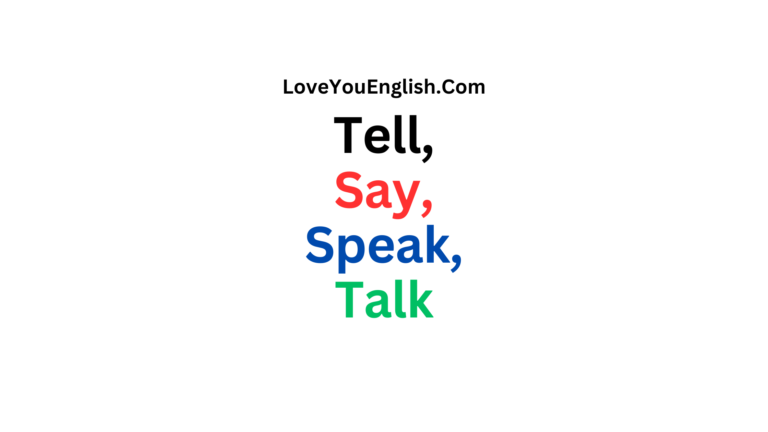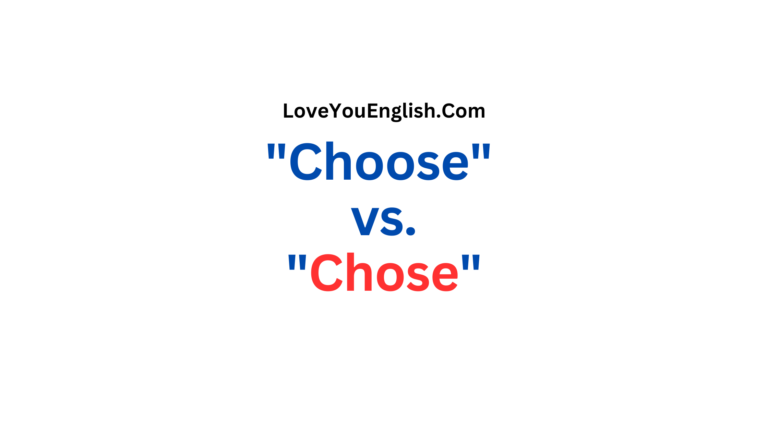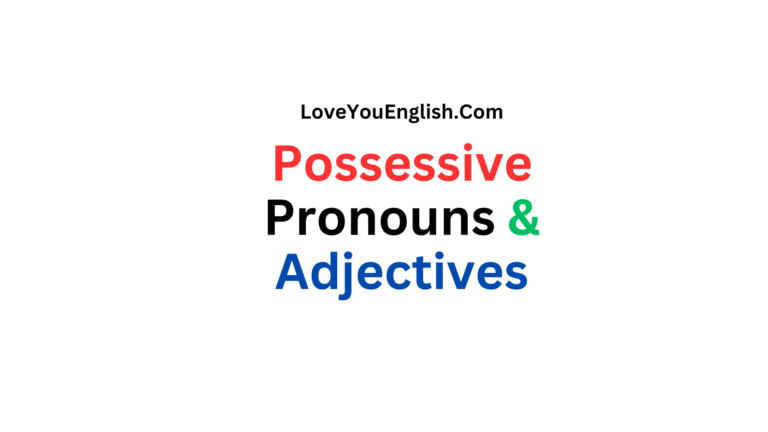Relative Pronouns: Where, In Which, and Wherein
Have you ever found yourself scratching your head, wondering how to connect two ideas in a sentence without sounding awkward? Relative pronouns are your secret weapon for smooth, clear communication.
What Are Relative Pronouns?
Let’s start with the basics. Relative pronouns are special words that help us link information about a person, place, or thing in a sentence. They’re like little bridges that connect different parts of our thoughts. The most common relative pronouns are “who,” “whom,” “whose,” “which,” and “that.” But today, we’re going to zoom in on three tricky relatives: “where,” “in which,” and “wherein.”
Understanding “Where”
“Where” is probably the most straightforward of our three special pronouns. It’s used to talk about places or locations. Think of it as a way to give more information about a specific place.
Examples:
- This is the park where I first learned to ride a bike.
- The coffee shop where my sister works is downtown.
In these sentences, “where” helps us understand more about the location. It’s simple and direct, telling us exactly where something happens or exists.
Diving into “In Which”
“In which” is a bit more formal and complex. It’s used when you want to describe something happening inside something else, or a situation contained within another context.
Let’s break it down:
- “In” suggests being inside or part of something
- “Which” refers to the thing or situation we’re talking about
Examples:
- The library, in which hundreds of books are stored, is my favorite place.
- The conference, in which many experts spoke, lasted three days.
Notice how “in which” adds extra information about the main subject. It’s more precise than simply saying “where” and works well in more formal writing.
The Mysterious “Wherein”
“Wherein” is the most complex of our three relatives. It’s a super formal word that means “in which” or “in what.” Most people rarely use it in everyday conversation. You’ll mostly find it in legal documents, academic writing, or very formal texts.
Examples:
- The contract, wherein all terms are clearly stated, was signed yesterday.
- The research paper, wherein multiple experiments were described, won an award.
Pro tip: Unless you’re writing something extremely formal, you can usually replace “wherein” with “in which” or “where” and sound more natural.
When to Use Each Relative Pronoun
Use “Where”
- When talking about physical locations
- In everyday conversation
- When the place is the main focus
Use “In Which”
- In more formal writing
- When you need to be precise about something happening inside something else
- In academic or professional contexts
Use “Wherein”
- In legal or very formal documents
- When you want to sound extremely precise
- Rarely in everyday communication
Common Mistakes to Avoid
- Don’t overuse these pronouns. Sometimes a simpler sentence works better.
- Make sure the pronoun clearly refers to something in the sentence.
- In casual speaking, it’s okay to be less formal.
Practice Makes Perfect
The best way to understand these pronouns is to use them. Try rewriting sentences and experimenting with “where,” “in which,” and “wherein.”
Bad example: The restaurant is cool. My friends hang out there. Better example: The restaurant, where my friends hang out, is really cool.
Real-World Applications
These relative pronouns aren’t just grammar rules. They help you:
- Communicate more clearly
- Add depth to your writing
- Connect ideas smoothly
- Sound more sophisticated when needed
The Big Picture
Relative pronouns like “where,” “in which,” and “wherein” are tools in your communication toolkit. They help you paint a more detailed picture with words. Don’t be afraid to use them, but also don’t force them if a simpler sentence works better.
Final Thoughts
Grammar can seem scary, but it’s really just about connecting ideas. These relative pronouns are your friends, not your enemies. They help you tell stories, explain concepts, and share information more effectively.
Whether you’re writing an email, a school paper, or chatting with friends, understanding these pronouns will make your communication clearer and more interesting.
Remember: Good communication isn’t about using the most complicated words. It’s about being understood.
More grammar topics:
- A Complete Guide to Possessive Pronouns & Adjectives
- Countable vs Uncountable Nouns: What’s the Difference?
- The Verb “To Be” Explained, With Examples
- A Comprehensive Guide to Modal Verbs in English







